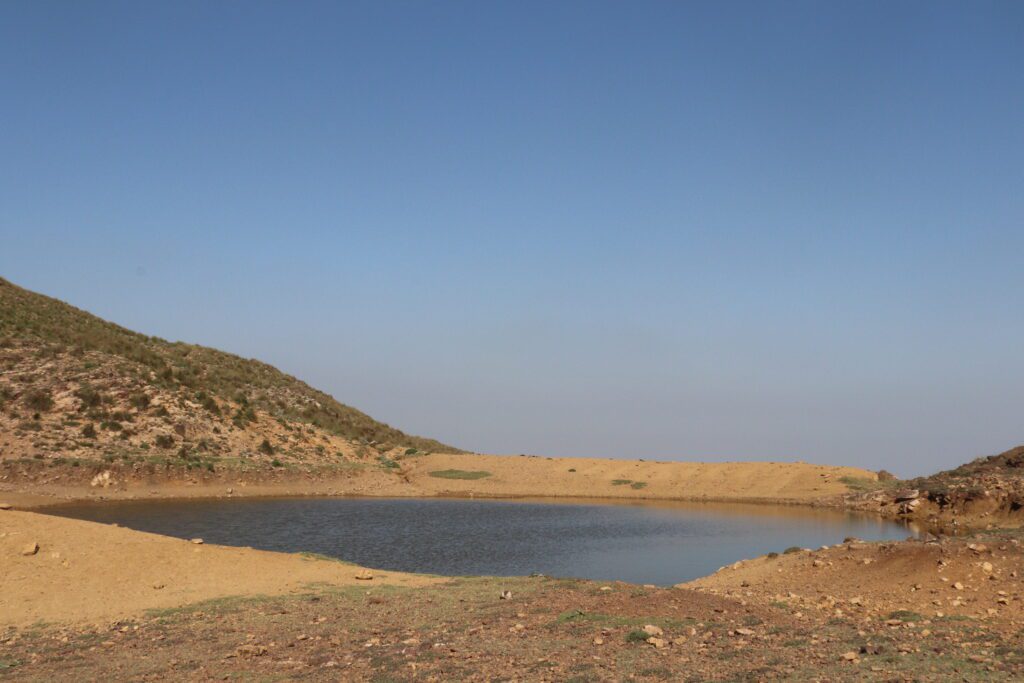Restoring Indus River's ecosystems with with Riparian Management
Rivers are the lifeblood of our planet, weaving through landscapes, nourishing ecosystems, and sustaining communities. Yet, the delicate balance that keeps these vital waterways thriving is under threat. Riparian Management is a holistic approach that holds the key to preserving the health and vitality of our rivers.
Understanding Riparian buffer zone and Its Importance
At the heart of Riparian Management lies a simple yet profound principle: the recognition that the land adjacent to rivers, known as riparian zones, plays an integral role in the ecosystem’s well-being. These zones are the bridge between aquatic and terrestrial environments, acting as buffers that shield rivers from the impacts of human activities, mitigate pollution, and maintain water quality.
Among the most crucial components of Riparian Management are Riparian Buffer Zones. These are strips of land intentionally planted with native vegetation—trees, shrubs, and grasses—along the banks of rivers. The impact of these buffer zones extends far beyond aesthetics; they are the guardians of river health.


Image credit : Marc Stutter
The Vital Role of Riparian Buffer Zones
Erosion Prevention: Riparian buffer zones act as natural shields against erosion. The dense root systems of plants anchor the soil, reducing the risk of bank erosion during heavy rains or flooding.
Water Quality Improvement: As rainfall washes through these zones, the vegetation filters out pollutants, sediments, and excess nutrients before they reach the water. This contributes to healthier aquatic ecosystems and safeguards our drinking water sources.
Habitat Enhancement: Riparian buffer zones provide essential habitats for various species of flora and fauna. They offer shelter, nesting sites, and food sources for countless aquatic and terrestrial organisms, promoting biodiversity.
Temperature Regulation: The shade provided by riparian vegetation helps regulate water temperature, benefiting aquatic life that is sensitive to temperature fluctuations.
Flood Mitigation: During flood events, the buffer zones slow down and absorb excess water, reducing the intensity of flooding downstream and preventing catastrophic damage to surrounding areas.
Razing of Riparian Forests Along the Indus River
However, the story of Riparian Management is not without its dark chapters. In the context of the Indus River, a tale of devastation unfolds—a tragedy marked by the unchecked removal of riparian forests. These forests once stood as guardians against erosion, stabilizing the banks of the river, and providing critical ecological services.
The dysfunctionality and corruption within the Forest and Irrigation Departments of Pakistan have led to the wanton destruction of these vital ecosystems. As these riparian forests were cleared for timber, agriculture, and unchecked development, the very defenses that held the river’s banks in place were dismantled. The consequences are dire and far-reaching.


Consequences of Riparian Forest Destruction
Escalating Bank Erosion: With the loss of natural riparian buffers, the river’s banks are exposed to the full force of currents. Bank erosion accelerates, leading to the loss of valuable land, infrastructure, and even entire communities.
Floods and Vulnerability: Without the natural flood-mitigating effects of riparian forests, communities along the Indus River are increasingly vulnerable to devastating floods, causing loss of life and property.
Erosion of Biodiversity: The destruction of these forests disrupts critical habitats, driving away native species that rely on these ecosystems for survival.
Altered Hydrology: The balance of water flow is disrupted, impacting groundwater recharge and altering the river’s natural hydrological cycle.
Watch the Documentary
A Call for Change and Restoration
The plight of the Indus River serves as a wake-up call—a stark reminder of the urgent need for effective Riparian Management and the preservation of riparian buffer zones. It is a call to action for reformation within governmental departments, a commitment to sustainable land use practices, and a collective effort to restore what has been lost.
In a world where the survival of our rivers is intrinsically tied to the well-being of our planet, the restoration of riparian forests is not a luxury; it is a necessity. Only through a concerted effort to protect and restore these vital ecosystems can we safeguard our communities, restore biodiversity, and ensure the longevity of our rivers.
The power of Riparian Management lies not only in its ability to transform the fate of rivers but also in its capacity to inspire change—change that stems from recognizing our interconnectedness with the natural world and embracing our role as stewards of this precious planet. The journey towards restoring our rivers is a journey towards a more sustainable, resilient, and harmonious future.


